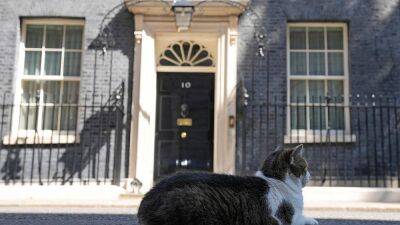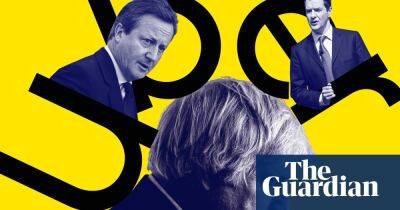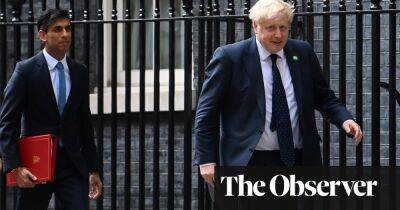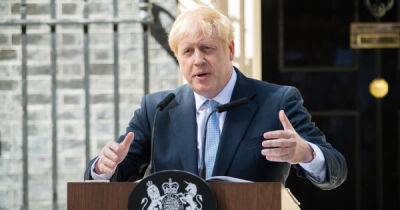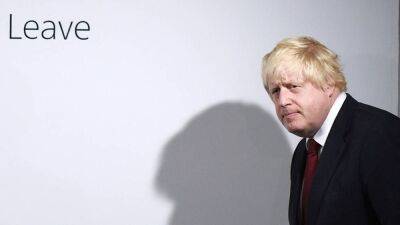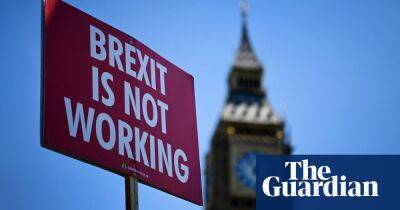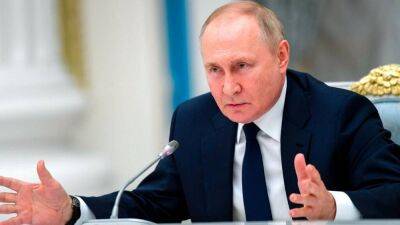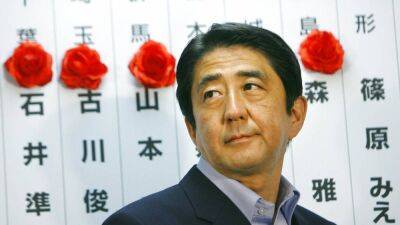Boris Johnson leaves behind a sterling mess
Boris Johnson’s chaotic government, and its equally chaotic collapse, are not the only source of panic in the UK nowadays. There is growing anxiety about the exchange rate of the British pound as well.
Since peaking in the spring of last year, the pound has depreciated by about 10% against the dollar. “Britain’s currency is getting slaughtered on international markets,” we are told. Of the five currencies underlying the International Monetary Fund’s reserve asset, special drawing rights, only the Japanese yen has done worse than the pound.
Traders appear to view sterling more like the currency of a troubled emerging market than of a stable advanced economy. And now, with Johnson’s resignation and the attendant political uncertainty, sterling is poised to sink further.
Admittedly, such views are subject to exaggeration. Sterling is not alone in weakening against the dollar. A 10% fall against the greenback is no catastrophe.
But sterling’s decline is almost surely not over. Moreover, the pound is often an indicator of Britain’s economic problems. Four times in the last century, sterling crises have exposed the economy’s fault lines. The 1931 crisis took place against the backdrop of a crushing 21% unemployment rate. There was much discussion then of whether high unemployment reflected Britain’s poor productivity performance or the global depression.
In fact, it reflected both. The crux of the matter was that, with unemployment at stratospheric levels, the Bank of England couldn’t countenance higher interest rates to support sterling when chronic budget deficits and reports of a mutiny in the Atlantic Fleet created a crisis of confidence. Currency speculators knew it, so they pounced, driving the pound off the gold standard.
The
Read more on theguardian.com

